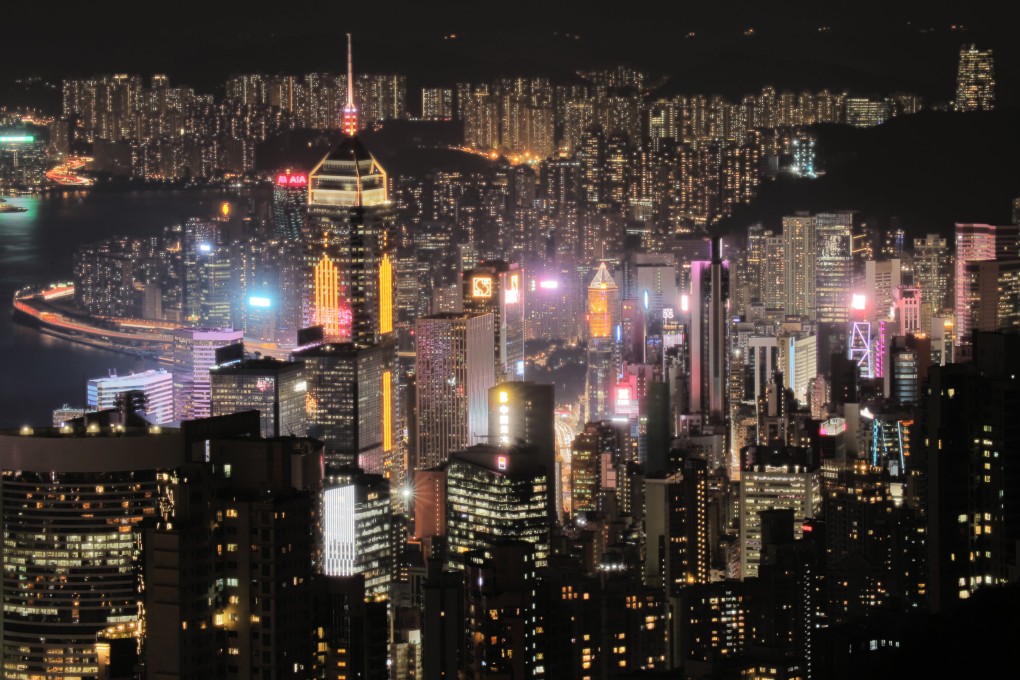Advertisement
Opinion | For Hong Kong to achieve carbon neutrality by 2050, commercial buildings must cut energy use
- Buildings account for around 60 per cent of Hong Kong’s total carbon output, but emissions can easily be cut through industry reform
- The government must work with the private sector to set tougher standards for developers
Reading Time:3 minutes
Why you can trust SCMP
1

If Hong Kong is to achieve its goal of becoming carbon-neutral by 2050, businesses, communities and the government must all step up their efforts.
Advertisement
We can start with decarbonising our electricity. The government already has an agreement with power companies to switch energy supplies from coal to natural gas as coal is gradually phased down, and then out.
In the longer term, the plan is to phase down natural gas, too. Instead, Hong Kong will ramp up renewables, nuclear, and new energy like hydrogen between mid-2030 and 2050.
While there are many who object to nuclear power, their objections are largely outdated; today, nuclear technology provides a dependable and reasonably priced baseload. Indeed, those living in Kowloon and the New Territories already have a lower carbon footprint than elsewhere in Hong Kong, as a proportion of electricity in those areas already comes from nuclear power supplied by the mainland.
Still, we need the government and power companies to be both aggressive and creative so that as much clean power as possible is generated locally, rather than imported.
Advertisement

Advertisement
